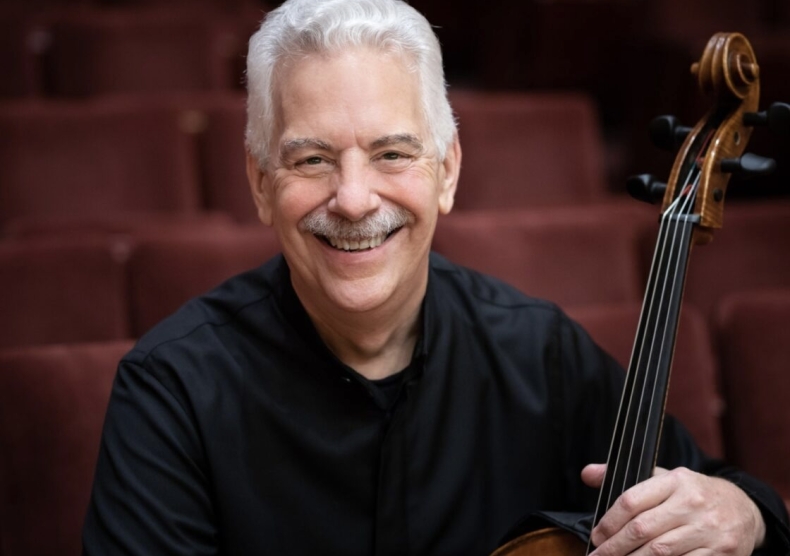Speaker: Michael W Clark Doctoral Candidate Thesis Defense Department: Shepherd School of Music Location: Alice Pratt Brown Hall https://riceuniversity.zoom.us/j/5961757492?pwd=LzJHaVBxa053OUh1UDZTMGJ…
This thesis considers the history of redistribution, the practice of altering the hand assignment of one or more notes, in keyboard music from the Renaissance to the early twentieth century. Chapter 1 explores methods of notating and executing hand division in the sixteenth and seventeenth centuries through the writings of contemporary performers and composers. Keyboard music appeared in two broad categories of notational formats: those that indicate hand distribution (“prescriptive”), such as the two-staff Italian intavolatura, and those that do not (“non-prescriptive”), including open score and Spanish and German tablature. Performers using non-prescriptive formats considered factors such as equal division of labor, wide spans, and ornamentation when determining which hand plays what, important precursors to the principles guiding the practice of redistribution. Chapter 2 traces two parallel trends in eighteenth-century keyboard music described by C.P.E. Bach. He asserts that the notation of three or more voices across two staves does not represent the hand division required to play them, establishing a particular freedom of fingering in polyphonic music. In contrast, Bach emphasizes the care he took to notate hand distribution in his own music through changes in stem direction and clef. Chapter 3 considers how Chopin and Liszt approached the division of notes in their own works. As composers, they were prescriptive, using multiple notational strategies to clarify the intended distribution of the notes between the hands, but as teachers, they were flexible. Chopin’s own markings in his students’ scores and Liszt’s comments in master classes reveal that they suggested alternative note distributions in their own compositions. Chapter 4 examines the history of “practical” or “instructive” editions in the late nineteenth and early twentieth centuries, using Beethoven’s piano sonatas as a case study. I survey the uses of redistributions in five editions of the sonatas: those of Sigmund Lebert/Hans von Bülow, Karl Klindworth, Moritz Moszkowski, Alfredo Casella, and Artur Schnabel. My analysis reveals five broad applications of alternative distributions that are common to each, representing a strong consensus for how redistribution was used by pianists of this era. https://riceuniversity.zoom.us/j/5961757492?pwd=LzJHaVBxa053OUh1UDZTMGJ… (Department : Shepherd School of Music)




